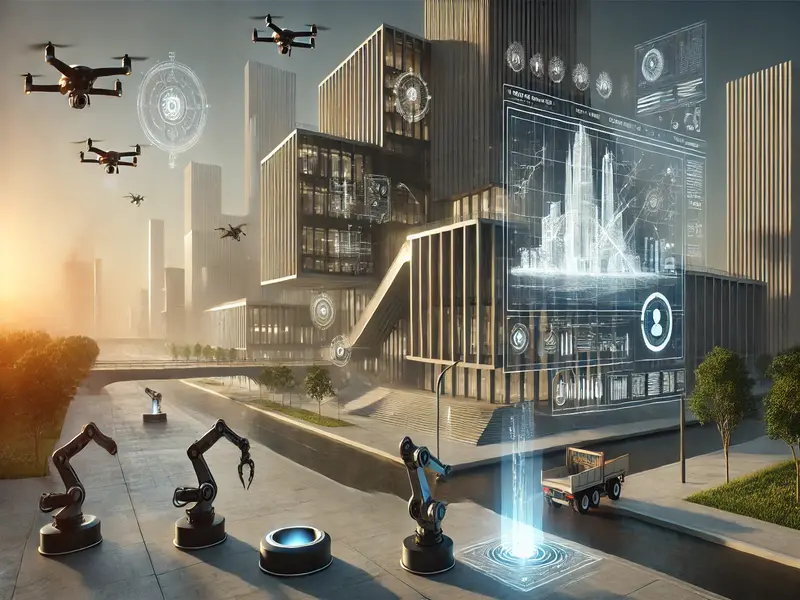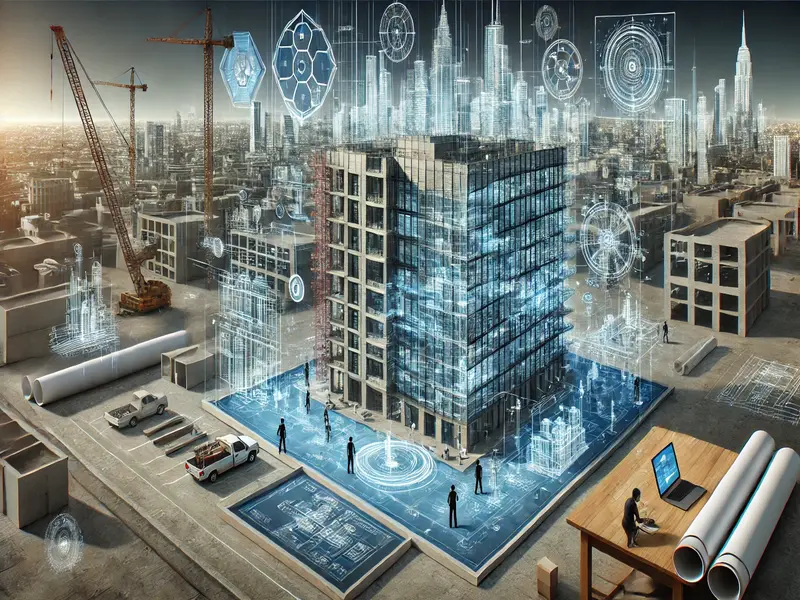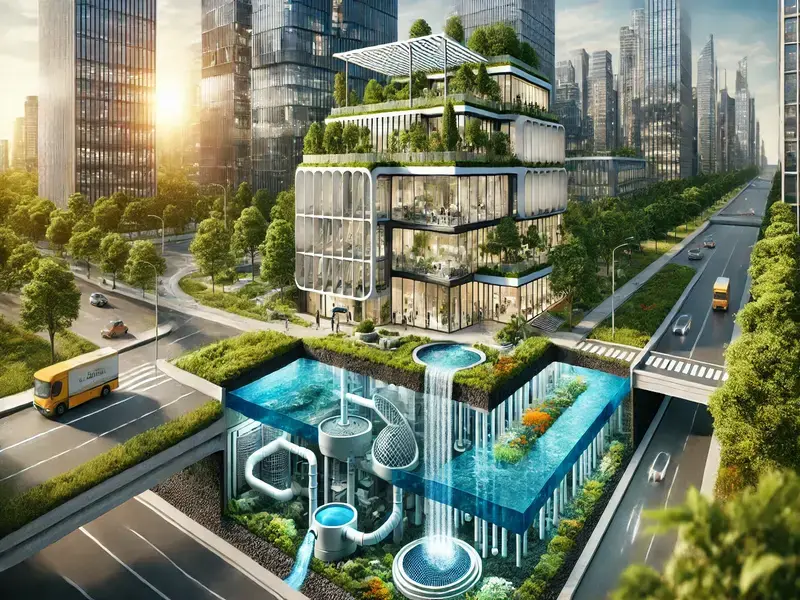The future of architecture is innovatively and sustainably adaptable. Technologies change, and with them, societal needs, the architecture evolves too. From green construction to smart buildings and all the forms of urban innovation, the face of architecture shapes how we live, work, and interact within our surroundings. The article explores trends, challenges, and opportunities in architecture while presenting ideas for its future.
What is Driving the Future of Architecture?
Artificial intelligence and Automation:-
With artificial intelligence and automation, tools now make processes faster and more efficient, achieving previously impossible tasks. For example, Finch acts as an intermediary between clients and projects, and hence helps in the designing of solutions in a much more efficient way.

Building Information Modeling (BIM):-
This is helping visualize projects in all facets and enhancing teamwork among different stakeholders while refining decisions on the entire cycle of a building.

Sustainable Design Technologies:-
New material-based innovations and Energy efficiency technologies through sustainable design technologies facilitate architects in developing environment-friendly constructions that match the rising requirements for green buildings.
Sustainable Designs: Paving the Future of Architecture:-
Sustainability is the way for a future in architecture: conscious designs that leave the minimum possible impact on the environment with healthier spaces created.
Energy-Efficient Design:
More passive strategies that include natural ventilation, oriented buildings, and integrating more renewable energy through the structure (solar panels or wind turbines), so their energy consumption can be as low as possible.
Eco-Friendly Material:
Use of eco-friendly materials, including bamboo, mycelium, and recycled steel, will be common. Low-carbon Concrete and biodegradable solutions will cut down carbon footprint even further.
Water Management Systems:
Use of rainwater harvesting, greywater recycling, and water-efficient fixtures will be done in order to not waste the scarce water used in the future buildings.

Green Spaces and Biodiversity:
Green roofs, living walls, and urban forests will enhance the air quality and reduce the heat along with encouraging the biodiversity of cities.
Net-Zero Buildings:
Future designs will be much more focused on net-zero energy buildings, which use as much energy as they produce to minimize their consumption of external resources.
Here lies the potential for the Architecture industry to lead in finding solutions for climate challenges in building resilient and future-ready spaces.
Urban Planning Trends in the Future of Architecture:-
With the world’s population growing and more people living in cities, future architecture must address the challenges and opportunities of urbanization. The smart city concept will lead the way, combining innovative design and technology to create sustainable and efficient urban spaces.
Mixed-use developments:
Cities are using mixed-use development, which involves residential, commercial, and recreational space to avoid sprawl and reduce travel time. This reduces sprawl and enhances community interaction as well as efficient land use.
Intelligent Infrastructure:
Smart cities use technology to conserve resources and improve quality of life in the city:
- IoT Integration: Sensors are installed in real-time to track traffic, energy consumption, and Waste management.
- Smart Grids: The future energy supply and distribution systems, highly efficient through renewable sources.
- Connected Transportation: Self-driving cars and smart public transportation minimize road usage and significantly lower emissions.
Resilient and Adaptive Designs:
Future cities will be climate resilient, designing for floods and extreme heat. Key are resilient buildings, flood-resistant infrastructure, and adaptive public spaces. Urbanization and Smart cities reshape future architecture by integrating intelligent technology and sustainability to enhance quality of life while preserving ecology.
Emerging Architectural Roles:-
Roles for architects are expanding out of the traditional boundaries of space. Some of these emerging roles include:
- Interdisciplinary Collaboration: Architects today work with professionals in technologies, environmental science, and even sociology to solve complex challenges of design.
- Focus on User Experience: Design spaces for human well-being and experiences have become a focus in designing spaces.
Read more on:-
For more information about engineering, architecture, and the building & construction sector, go through the posts related to the same topic on the Pinnacle IIT Blogs page.
Find out more accurately what we are going to take off in the course of applying leading new technologies and urban design at Pinnacle IIT.
Subscribe to our YouTube channel and blog websites to obtain all the up-to-date information relating to construction matters.

